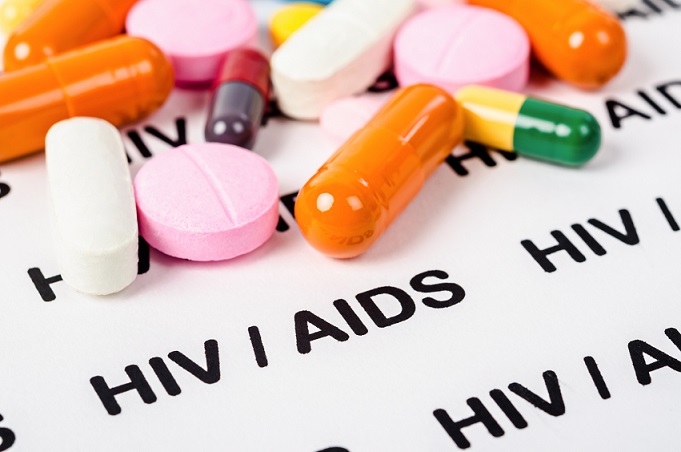HIV and AIDS
The Surveillance System Helps Health Officials Track and Control HIV/AIDs Incidences
- Read more about The Surveillance System Helps Health Officials Track and Control HIV/AIDs Incidences
CDC’s HIV/AIDS surveillance system is the nation’s source to find current information used to track and monitor trends in HIV and AIDS incidence and prevalence. The CDC supports health officials and programs in disease control and prevention activities to collect and analyze HIV and AIDS data. This information helps identify those being affected around the country and determines the solution for optimal care.


